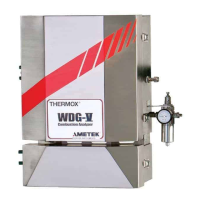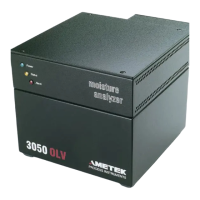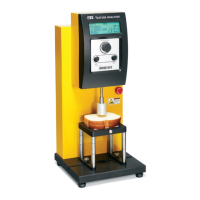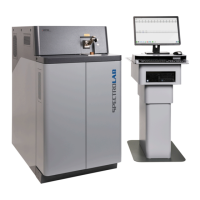Installation Guide | 3-23
• AC mains supply wiring should not be run in the same conduit with
mains supply wiring that feeds heavy inductive loads.
• Avoid running signal wiring in the same cable or conduit with wires
that power inductive loads unless all the cables within the conduit are
shielded, the inductive loads are small, and transient suppressors are
used at the loads.
• Do not run signal lines in the same cable or conduit with high voltage lines.
• For optimum noise protection, AMEVision Display User Interface
mains supply wiring should be connected to a circuit separate from
any circuit that could introduce transients into the system. As an
example, do not run motors, blowers, or air conditioners using the
same mains supply circuit or conduit as the sensor unit’s mains supply
circuit or conduit.
Current Output Connections
Standard Current Outputs
There are three current outputs on the WDG-V sensor. The current output
connections are labeled as follows on the sensor board terminals:
Analog Output #1 => +I1-
Analog Output #2 => +I2-
Analog Output #3 => +I3-
The current outputs are referenced as Analog Outputs 1, 2 and 3 in the
AMEVision Display User Interface and PC software. Be sure to observe
the polarity when connecting current output devices to these terminals.
Each of the current outputs are capable of driving up to 1000 ohm loads.
The current outputs can be selected for the following ranges:
0-20mA
4-20mA
NAMUR
The NAMUR outputs are implemented as follows:
4-20 mA signal Analyzer Condition
0 mA Analyzer unpowered, or completely failed
3.5 mA Critical Alarm - analyzer reading unusable (factory default)
3.8 mA Reading Under Range (Example: user sets range to 2-10%. Current reading is 1.9%
4 to 20 mA Normal Operation
20.5 mA Reading Over Range (Example: range is 0-10%. Current reading is 12%

